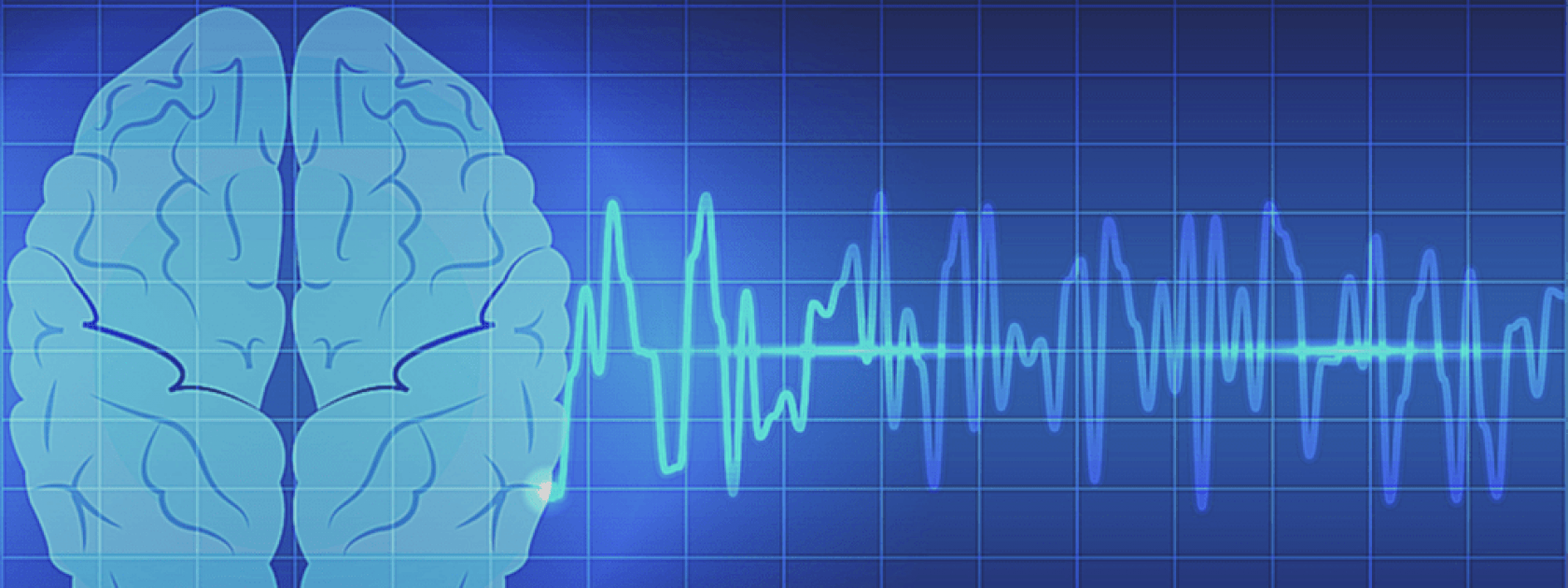Erika Howe and Michael Apollinaro
Background: Semmes-Weinstein monofilaments (SWM) are a tool utilized both in research psychophysics and in clinical diagnostics to assess cutaneous touch sensitivity. Determining accurate perceptual thresholds can be accomplished using various presentation models but how their outcomes directly compare is unknown.
Purpose: Determine perceptual threshold differences and assessment characteristics between three different monofilament protocols
Eligibility: Healthy, young adults (18-40yrs) with no known vascular, or neurological disorders.
Contact: ehowe01@uoguelph.ca
What has been found so far?
Tracey et al. (2012) analyzed two versions of a single staircase SWM test to test and analyze the version’s reliability in the minimum number of trials. It was found that the three-down, one-up version was significantly more reliable than the two-down one-up version. Overall, the study showed that SWM’s provide reliable and sensitive point pressure thresholds.
Additionally, Snyder et al. (2016) has also demonstrated reliability SWM’s in a different methodical approach, using a 4-2-1 stepping algorithm on the plantar surface on the foot.
Where are we headed?
While many methods have been shown to be reliable, the comparison between these methods has yet to be completed. The Bent Neurophysiology Lab hopes to analyze three monofilament protocols and compare their perceptual thresholds to identify and analyze their differences.


